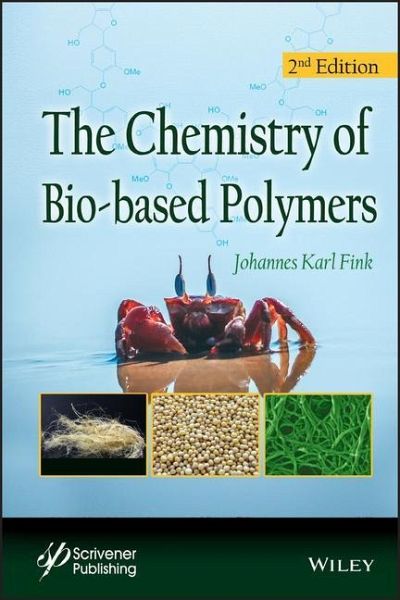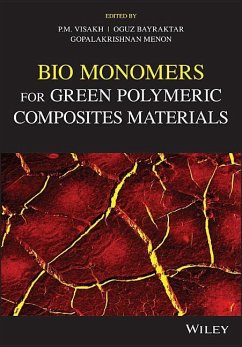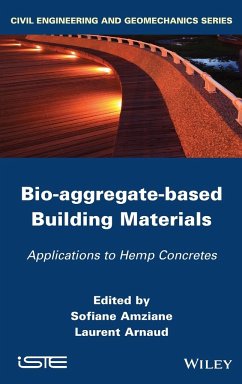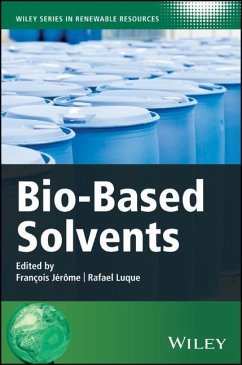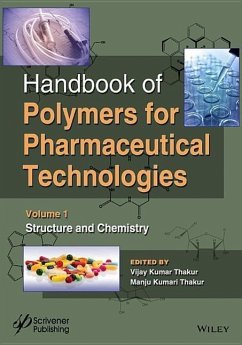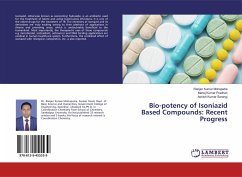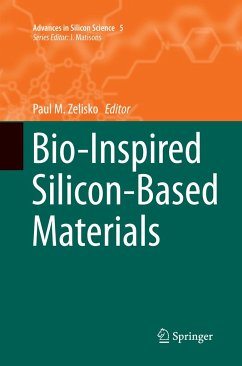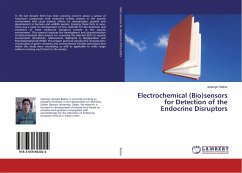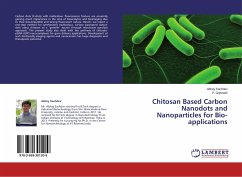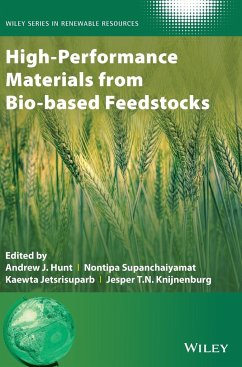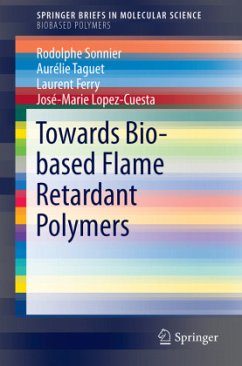Johannes Karl Fink
Gebundenes Buch
The Chemistry of Bio-Based Polymers
Versandkostenfrei!
Versandfertig in über 4 Wochen
Weitere Ausgaben:

PAYBACK Punkte
111 °P sammeln!




The Chemistry of Bio-Based Polymers
Johannes Karl Fink is Professor of Macromolecular Chemistry at Montanuniversität Leoben, Austria. His industry and academic career spans more than 30 years in the fields of polymers, and his research interests include characterization, flame retardancy, thermodynamics and the degradation of polymers, pyrolysis, and adhesives. Professor Fink has published several books on physical chemistry and polymer science including A Concise Introduction to Additives for Thermoplastic Polymers (Wiley-Scrivener 2009), The Chemistry of Biobased Polymers (Wiley-Scrivener 2014), Polymer Waste Management (Wiley-Scrivener 2018) and 3D Industrial Printing with Polymers (Wiley-Scrivener 2019).
Produktdetails
- Verlag: Wiley
- 2nd edition
- Seitenzahl: 588
- Erscheinungstermin: 22. Januar 2020
- Englisch
- Abmessung: 229mm x 152mm x 32mm
- Gewicht: 948g
- ISBN-13: 9781119681311
- ISBN-10: 1119681316
- Artikelnr.: 58017770
Herstellerkennzeichnung
Libri GmbH
Europaallee 1
36244 Bad Hersfeld
gpsr@libri.de
Für dieses Produkt wurde noch keine Bewertung abgegeben. Wir würden uns sehr freuen, wenn du die erste Bewertung schreibst!
Eine Bewertung schreiben
Eine Bewertung schreiben
Andere Kunden interessierten sich für



